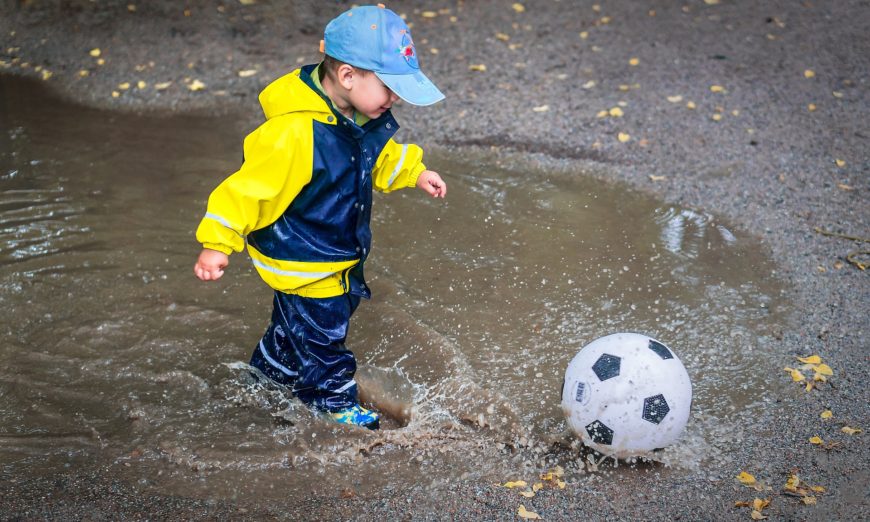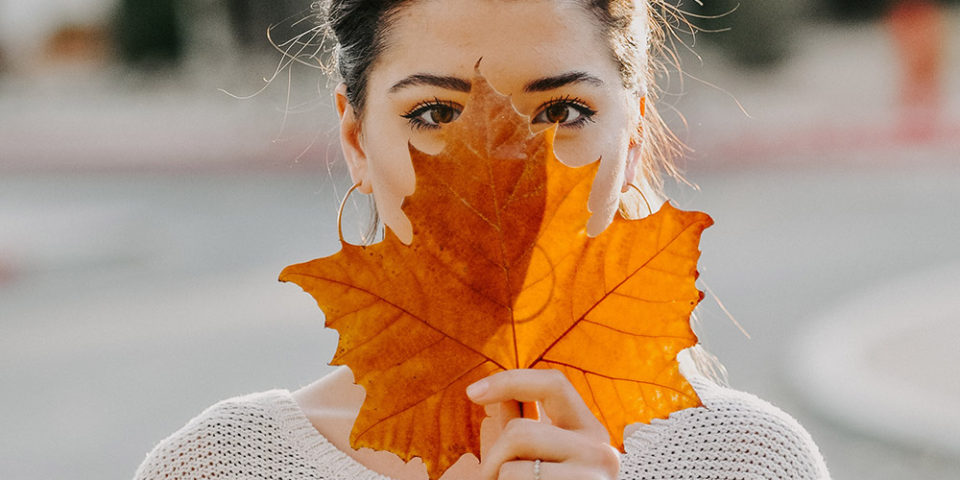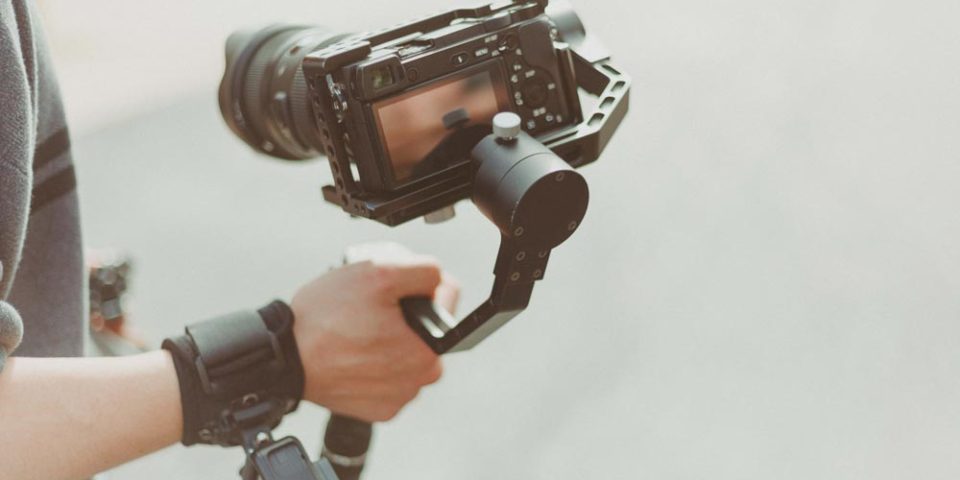There will always be a time where parents and grandparents will want to be able to get great images for the family photo album, social media, and to make prints or a Custom Photo Canvas that they hang on the wall. Some opportunities don’t repeat themselves so I’ve compiled my top tips to help you be very successful in catching things in the moment.
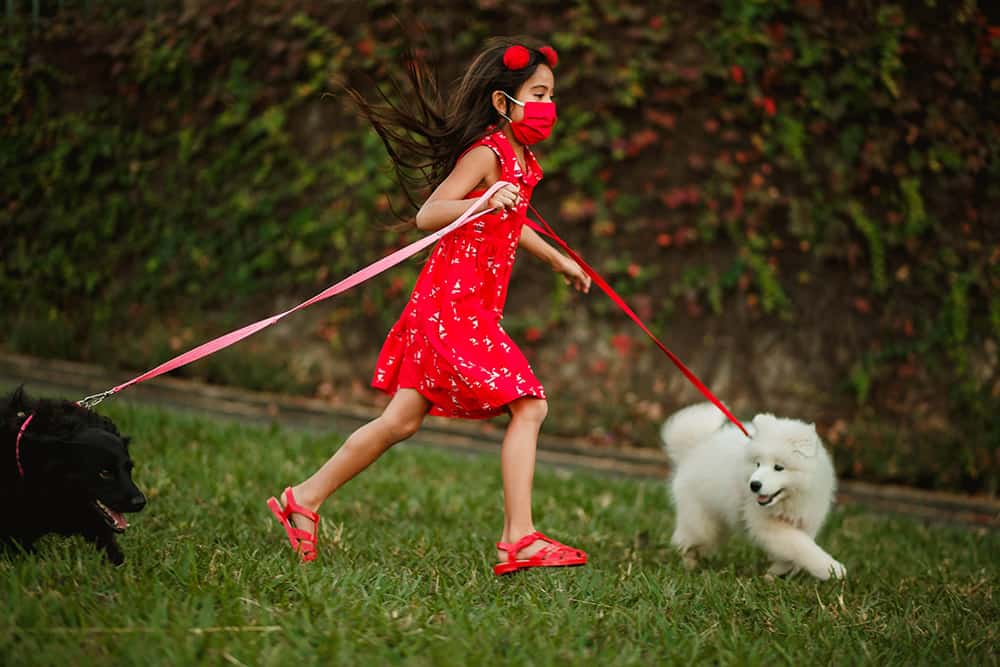
Best Practices for Capturing the Activities
1. Take some time to learn about the activity.
If the activity is a sport, and is new to you, invest a bit of time to watch the sport sans camera to discover where the action happens, and where the best places are going to be for you to shoot. In hockey, for example, lots happens at the net, the same is true for basketball. In rugby it’s the scrum. Soccer is tougher because it moves so quickly. For football, it’s the line of scrimmage and in the end zone. For ballet and other dance, each routine has spots where a turnaround or special movement occurs. For figure skating, it usually occurs where momentum has been built up to sustain a powerful movement. In swimming it is the popup for breath or the turnaround at the end of the lane.
2. Continuous Focus Mode
Learn how to put your camera into continuous focus mode and also how to select a single or small number of focus points. You will find that letting the camera decide where to focus is prone to failure.
3. Lighting
Practice with your camera in different lighting situations at higher ISOs to discover how high an ISO you can use without a lot of noise showing up. For most modern cameras, ISO 1600 is perfectly usable, and higher end cameras often do well at ISO 3200 and even ISO 6400. This means you will need to know how to set your ISO manually.
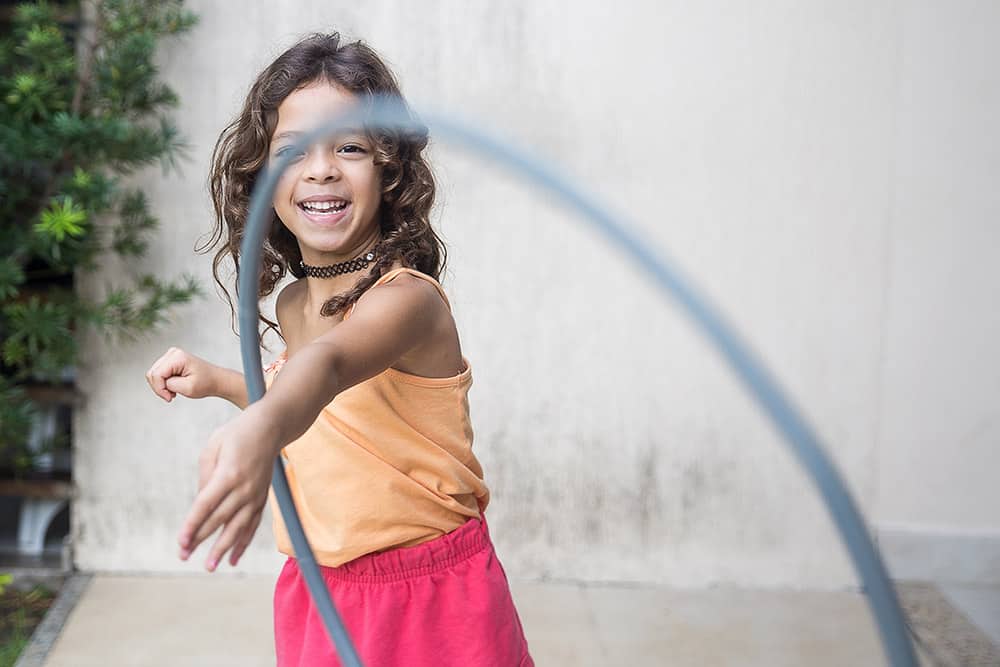
4. Shutter Speed
Activities generally mean movement, so learn how to put your camera in shutter speed preferred mode. You will typically want a shutter speed of at least 1/500 of a second for medium fast action, although for a figure skater in a spin or a dancer in a leap, you will likely need a higher shutter speed. By applying the ISO and the shutter speed yourself, you can let the camera handle the aperture for you, taking away one area of concern.
5. Don’t worry about depth of field.
As much as we like depth of field, we typically want to isolate our subject, so don’t worry about this so much. We’re usually pretty far from the action, so lots of depth of field isn’t going to make a big difference.
6. Know how to disable your popup flash if your camera has one.
The flash is distracting to the young athletes, and those popups just don’t have enough reach to get to the subject. You’ll end up with images that are too dark, plus the auto flash will negate your efforts to get a high shutter speed unless you know all about high speed sync, and then the flash is less useful.
7. Learn to put your camera into continuous shooting mode.
As you observe the activity you will learn where the action points are so then start your burst just as the subject enters that activity zone. You will have a higher number of discards than if you shot single frame, but your odds of getting the shot you really want improve greatly. That’s why all professional sports photographers use this mode.
8. Check the background.
If the background is really bright, such as an ice rink or highly reflective pool, don’t forget to dial in some positive exposure compensation. I like to start at +1 1/3 stops in those scenarios.
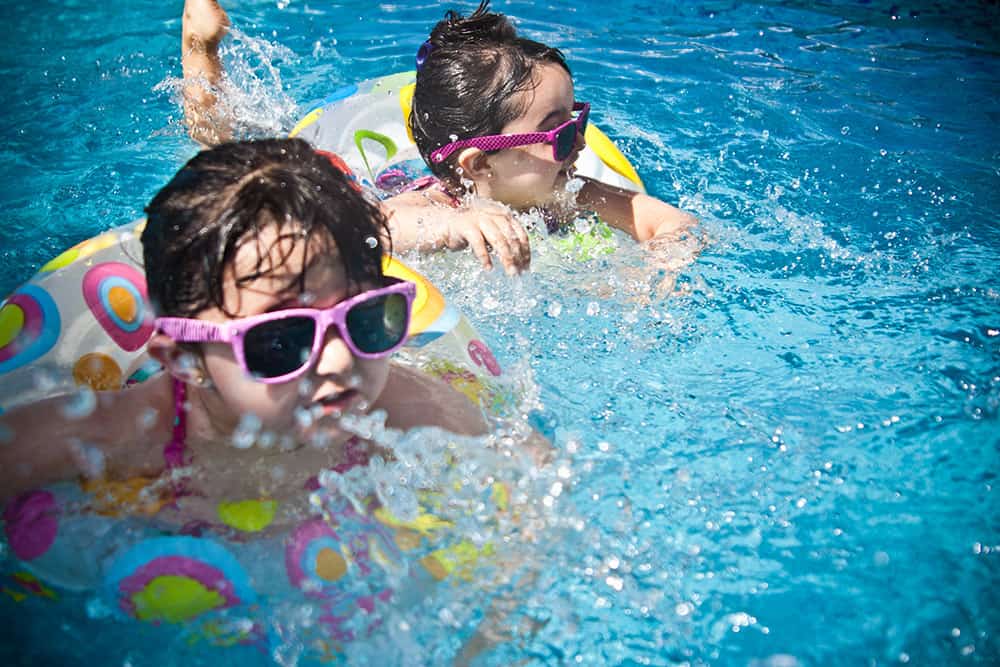
Gear Considerations
We’ve already considered that you will be dealing with situations of poor light, be it a gymnasium, a pool or an arena. Even outdoor games get dim very quickly as the sun sets sooner. This means that your camera needs to handle higher ISOs well. If your camera body is over six years old, this may be justification to consider an upgrade to something more current with better low light performance.
1. Telephoto Lens
You are going to be some distance from the action and this means that you are going to need a telephoto lens. You may already have one that came with the camera, but if it’s maximum aperture at the longest focal length, is f/5.6 or smaller, it might be time to consider a trade-up to higher performance glass.
Very long telephotos of 400mm or longer get super expensive really fast. I tend to recommend something in the 70-200 range, preferably with a maximum aperture of f/2.8 Both Sigma and Tamron do very good lenses that are about half the cost of the manufacturer’s branded glass for DSLRs.
For longer distances, I will often suggest buying a matching 1.4x teleconverter to put in the bag. This device multiplies the focal length by 1.4 at the cost of one stop of light. This means that on your crop sensor camera, let’s use a Nikon as an example, that 70-200 has an effective focal length of 105-300 at f/2.8 Adding the teleconverter would make give it an effective focal length range of 150mm-420mm at f/4 which is superlative reach for far less than the $5,000 a dedicated 400mm f/4 would cost.
Both Sigma and Tamron make matched teleconverters for their 70-200 lenses. This is probably the most widely used zoom range in photography. And remember, if you have an optically slower zoom already, you can often trade it in towards your new purchase.
2. Monopod
Handholding longer focal length lenses, particularly for a long time, can be tiring. Taking a tripod to an activity is usually not a good idea. Many places will not allow tripods because they block views and create a tripping hazard. This is where a monopod with a proper head really shines. A monopod isn’t as stable as a tripod but does a surprising amount of good in terms of mitigating camera shake, is very mobile and, so long as it has a proper head, gives great positional flexibility. Without a proper head, a monopod is just a stick and you will be frustrated. Some of the newer tripods even have legs that unscrew to become monopods and you can transfer the tripod ball head to that leg to make a very functional monopod.
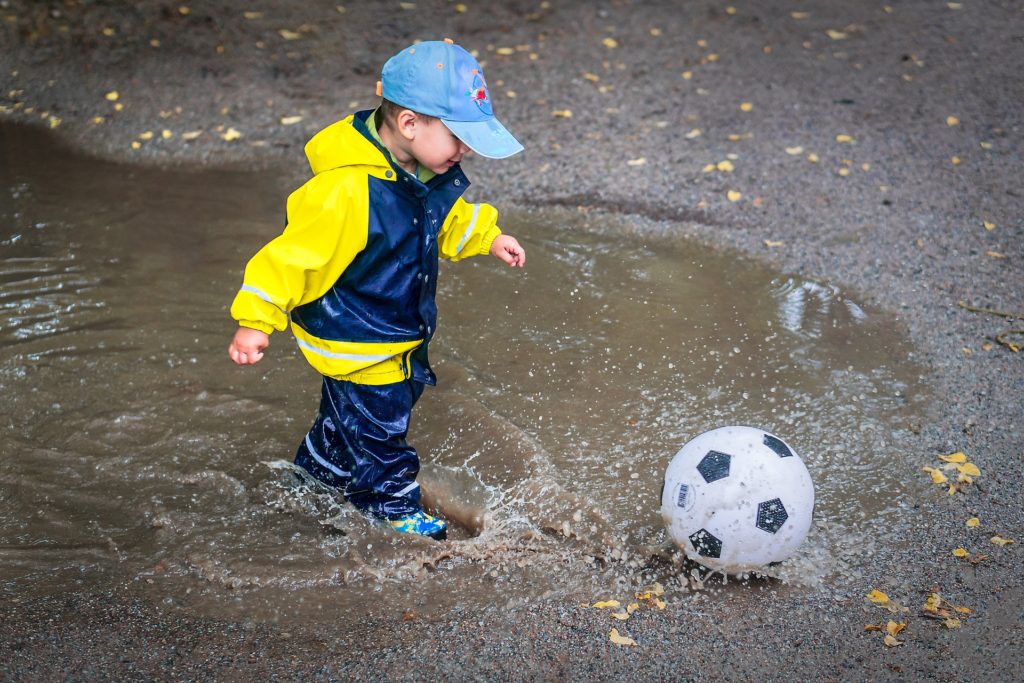
3. Memory Cards
There’s a common, though seriously flawed, line of guidance that lots of small memory cards are better than a big card. In my opinion, the best cards to use would either be SanDisk or Lexar. In all my years of photography, I have never had a card from either manufacturer go bad. You will be shooting a lot, and if you use small storage space cards, you will miss the most important shots while changing cards. In today’s marketplace, you can get very fast 32GB cards very inexpensively, and even 64GB cards are now quite reasonable. Don’t waste your time and money on cards smaller than 16GB. They are false economy.
I only shoot in RAW mode, but for lots of folks spending time in post processing is not where they want to be. In that case, and where you will shoot in JPEG mode, try to find a camera or picture style that emphasizes colour. It will help separate the subject from the background. Don’t worry about choosing a Sport scene mode, because we’ve already discussed why shooting in Shutter Speed preferred mode (coded S or Tv) is optimum.
If you are unsure of the colour temperature of the lighting where you are, choose Automatic White Balance or AWB. This typically does a really good job unless you have very mixed light sources. You can always tweak the colour temperature after the fact if you find it too cool or too warm.

Many cameras have built in WiFi to transfer images to smartphones for uploading to social media and photo sharing services. That’s cool but remember that WiFi and GPS services eat batteries, so not only always have a spare battery, but maybe only enable the WiFi during a break in the activity and do your transfers then. If your camera is working its CPU hard to transfer files, it’s not giving its full attention to you getting the shot.
With some basic tips and reasonably gear choices, you will be making better photos of kids’ activities than you have ever done. Get out and shoot, have fun and share the images with other parents and grandparents who may not have a camera for photos. It’s a great time for all, and the kids really appreciate it.
If you have any questions, please leave a comment below. Until next time, peace.
